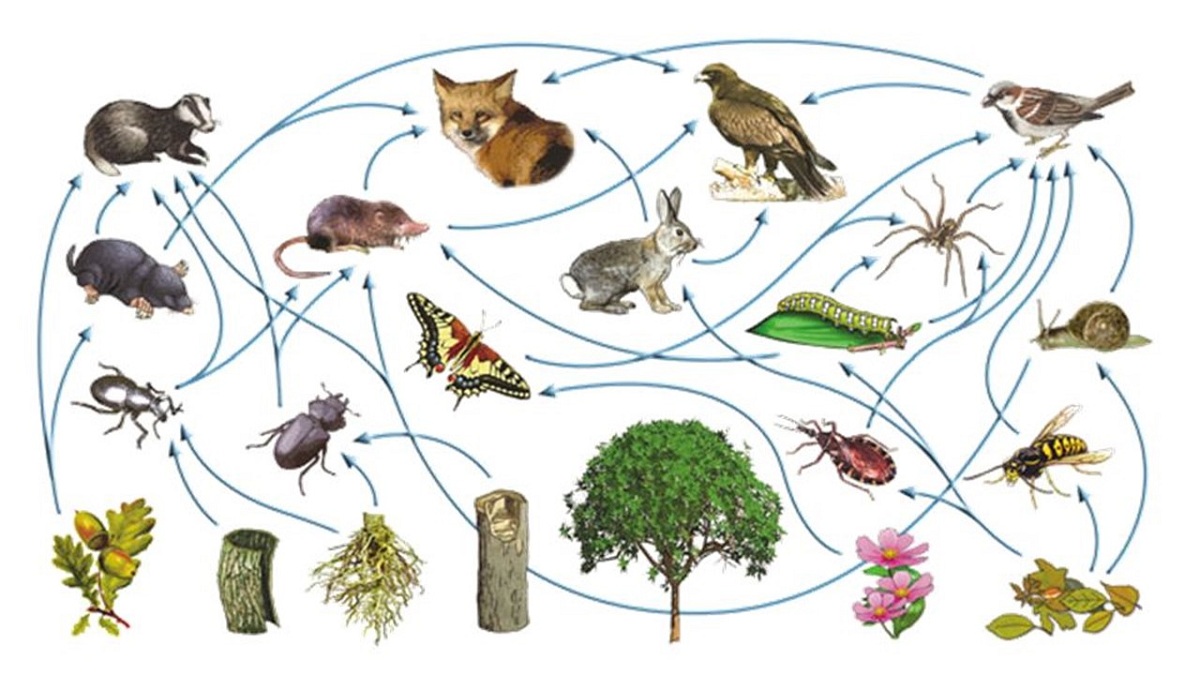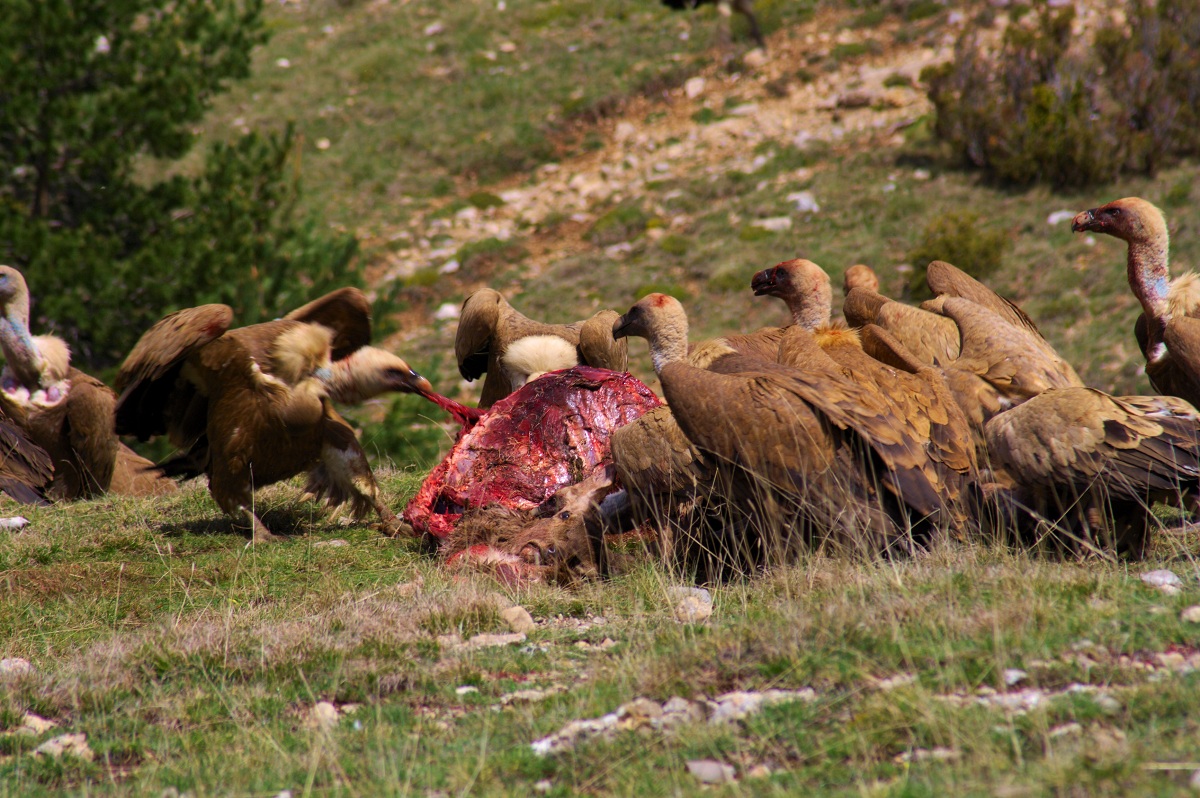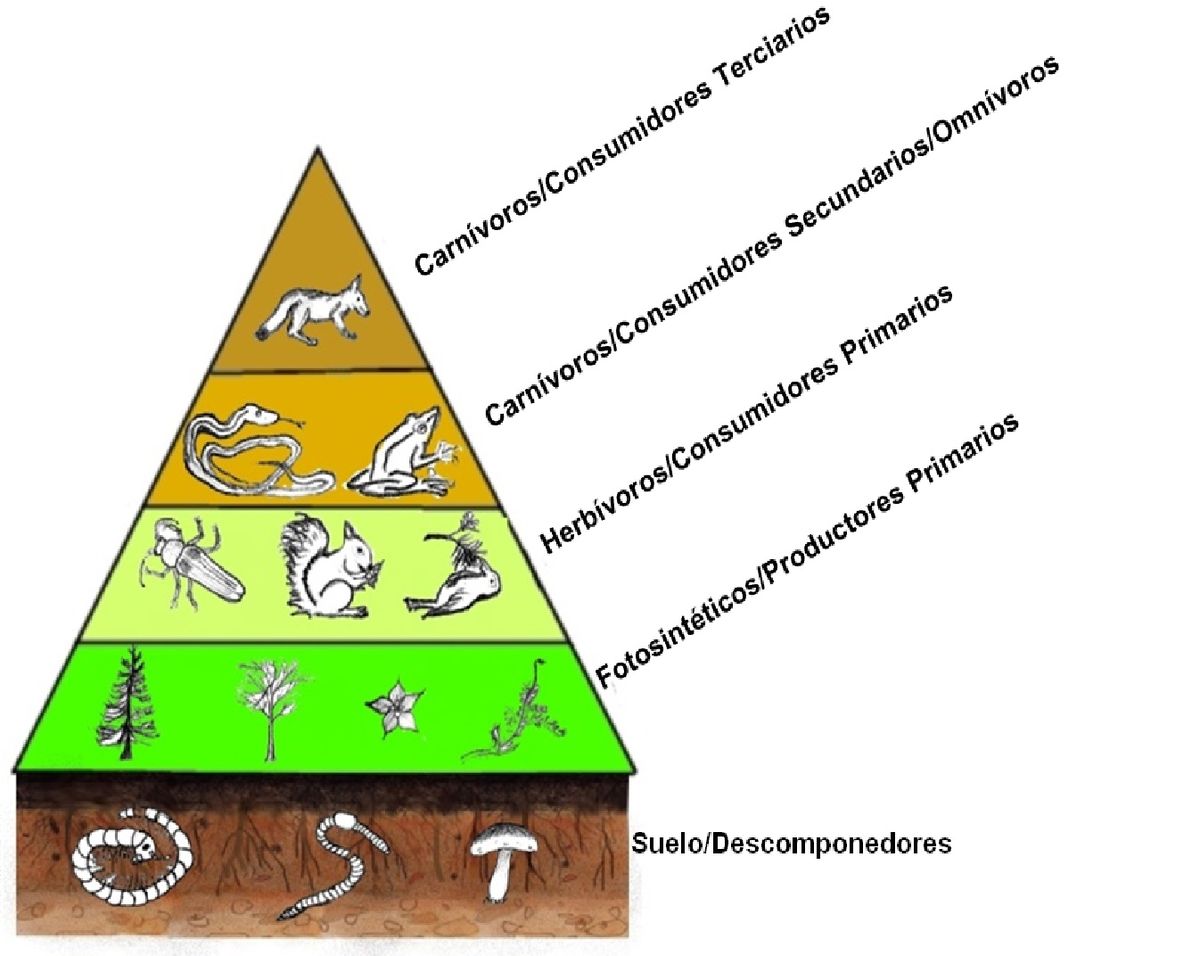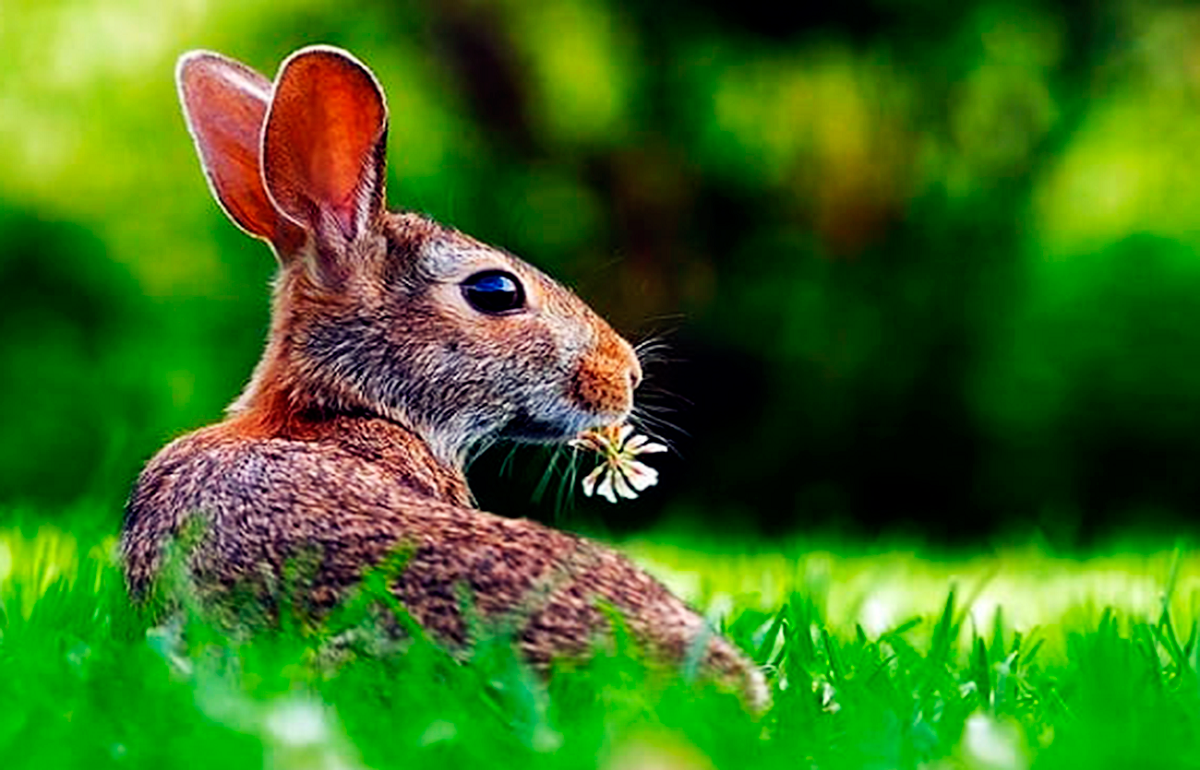
One of the fundamental aspects that govern the ecological balance of an ecosystem is the trophic web. It is also known as the food web. It is the set of food interactions between various living beings that make up an ecosystem. The food web is made up of a complexity between launches of multiple food chains that go from producer to last consumer. It could be summarized as a linear sequence, but it gets complicated as we analyze the different positions of the pyramid.
In this article we are going to tell you everything you need to know about the food web and its importance for the balance of ecosystems.
What is the food web

We are talking about a set of food interactions that takes place between the different living beings that make up an ecosystem. This food web is formed by an intertwining of multiple variables, both food, level of living. The trophic networks are not open but they are forming closed cycles where all organisms end up being food for another. In this way, there is no type of living being that is not food in any part of his life for another. Although some animals are in the highest part of predation, in the end they end up being food for decomposers and detritivores that end up incorporating their nutrients into the body.
We know that within a trophic web there are different levels of the tropics. The first ones are those that are formed by the producers and are those who are in charge of introducing energy and matter to the entire system. They are normally made through the process of photosynthesis or chemosynthesis. All these producers serve as food for those known as primary consumers. These primary consumers only feed off the producers. At the same time, these primary consumers are food for secondary consumers. Poison of the complexity that exists in the ecosystem can present other levels of consumers.
The networks are becoming more complex since there are different proportions of omnivorous organisms that are consuming animals, plants and fungi. All of these organisms can occupy different levels of the tropics at any given time. Generally speaking, we can find different types of food webs in the different main ecosystems. Have the terrestrial and aquatic trophic networks and within the aquatic ones, freshwater and marine ones.
Food web levels

We are going to analyze which are the main levels of the food web. It is about the hierarchy in each node of the food web starting from the primary producers. The first trophic level is that of producers followed by the different types of levels of consumers. Finally, there is a final consumer that is made up of detritivores and decomposers with a particular function.
Although the food web and its levels are usually represented as a hierarchical web, it is really a three-dimensional and unlimited web. And it is that depending on the interactions that exist between the living beings that make up the ecosystem, this network can be very complicated. Higher level consumers will be consumed by detritivores and decomposers and these by other decomposers. In the end they will be reincorporated in one way or another to the network by the primary producers. In this way, the cycle is closed.
One of the fundamental aspects that must be taken into account in the food web is the flow of energy and matter. We know that the ecosystem is composed of a complex interaction of both abiotic and biotic factors. The first are those that do not have life and the second those that do. We refer to abiotic factors such as climate, soil, water and air and biotic factors, living organisms.
In all these organisms and the system in general matter and energy influence, being the source and primary of all solar radiation.
Primary producers
They are all those organisms that are capable of obtaining their energy from inorganic sources. These sources can be from solar energy or other inorganic chemical elements. Although the sun's energy cannot be used by all organisms, those considered as autotrophic organisms can assimilate it and transform it into other forms of assimilable energy. This energy transformation process is known as photosynthesis or chemosynthesis. The main autotrophic organisms that exist in ecosystems are plants, algae, and photosynthetic bacteria. All these organisms constitute the first level of the food chain.
On the other hand we have the chemotrophs. These are organisms that are capable of obtaining energy from the oxidation of various organic compounds. They do not need sunlight as a primary source of energy but instead use the energy of chemicals.
Primary consumers

They are those called heterotrophic organisms. This means that they are not able to produce food on their own. They must feed mainly from primary producers. These consumers are encompassed by their type of diet and are known as herbivores. Since not all plant structures can be easily Niger, some organisms have developed the ability to consume the seeds and fleshy fruits. Herbivores have been able to adapt to digest the fibrous tissues of plants. In order to digest these tissues they use a process known as fermentation.
Omnivores are also part of the primary, secondary and tertiary consumers. They are organisms that can ingest food of plant, animal, fungus or bacterial origin. This category of organisms includes the human being. One of the aspects that makes it more difficult to understand the food web is the presence of omnivores.
Secondary consumers
They are those heterotrophic organisms that must directly consume the primary consumers since they cannot consume the producers. Usually carnivores that can ingest the tissues that make up the bodies of primary consumers are included. There are different types of secondary consumers in which we have minor predators, insectivorous plants, etc.
Levels of the food web: tertiary predators
They feed on both primary and secondary consumers. In the case of omnivores, they can also include primary producers directly in their diet. They are known as super predators. Lastly, we have scavengers and parasites. This is responsible for feeding on the corpses of other animals that have been hunted or that have died naturally. In this way the cycle is closed and energy and matter are produced again in the primary producers.
I hope that with this information you can learn more about the food web and its characteristics.